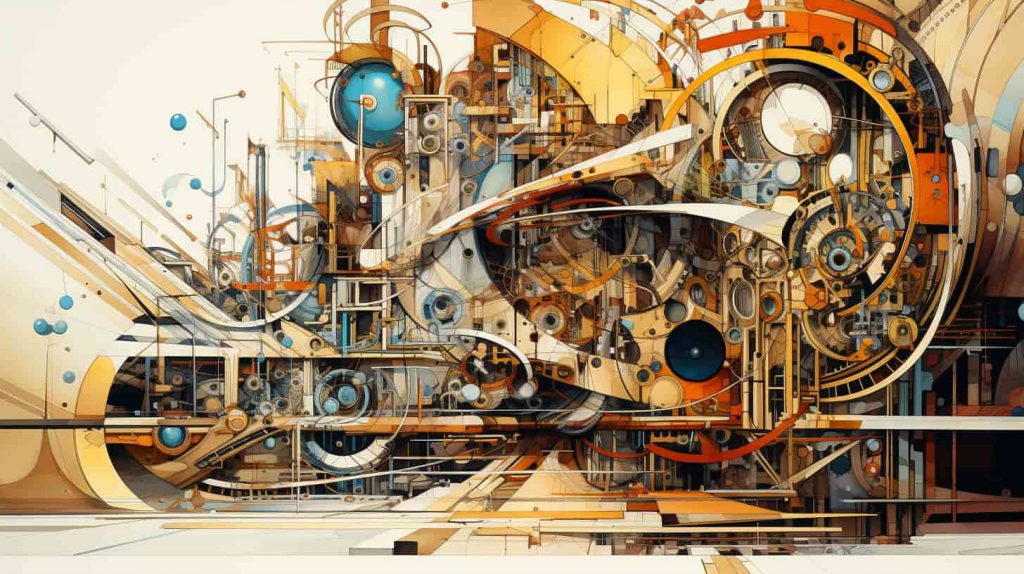Basic Understanding of Modality
In the context of AI, a “modality” refers to a specific type of data or way of interacting. For example, text, images, audio, and videos are different modalities. Each modality offers a unique representation of information.
What is Multi-Modality?
Multi-modality involves combining information from multiple modalities to improve AI’s understanding, representation, or generation of data. In essence, it’s about making AI models that can understand and generate content across more than one type of data.
Why Multi-Modality Matters
- Comprehensive Understanding: Just as humans use multiple senses (sight, hearing, touch) to understand the world, combining different data types can give AI a more holistic understanding of information.
- Handling Complex Tasks: Some tasks inherently involve multiple modalities. For example, video captioning requires understanding both visual (video) and textual (caption) content.
- Robustness and Flexibility: Multi-modal models can be more robust because they don’t rely on a single source of information. They can also adapt to situations where one modality might be missing or unclear.
Examples of Multi-Modal AI Applications
- Image Captioning: An AI model takes in an image (visual modality) and outputs a descriptive sentence (textual modality).
- Speech-to-Text with Video: Transcribing spoken words from a video might involve both audio (listening to what’s said) and visual (watching lip movements) modalities.
- Emotion Analysis from Video: Determining emotion might require analyzing both facial expressions (visual) and tone of voice (audio).
Challenges in Multi-Modal AI
- Data Alignment: Different modalities can have different temporal resolutions. For instance, aligning continuous video frames with discrete textual annotations can be tricky.
- Data Fusion: Effectively combining information from multiple sources without losing important details is challenging. Simple concatenation might not always capture the intricate relationships between modalities.
- Data Collection and Annotation: Obtaining multi-modal datasets that are accurately annotated can be resource-intensive.
Advancements in Multi-Modal AI
With the rise of deep learning, there have been significant advancements in multi-modal AI. Neural architectures like multi-modal fusion networks, attention mechanisms, and transformers have been adapted to handle data from multiple modalities effectively.
Conclusion
Multi-modality in AI aims to capture the richness of information by combining insights from various data types. As AI continues to integrate more deeply into diverse applications, from healthcare to entertainment, the ability to process and understand multiple modalities becomes increasingly vital. By harnessing information from various sources, multi-modal AI systems can achieve a more comprehensive and nuanced understanding of complex data.



